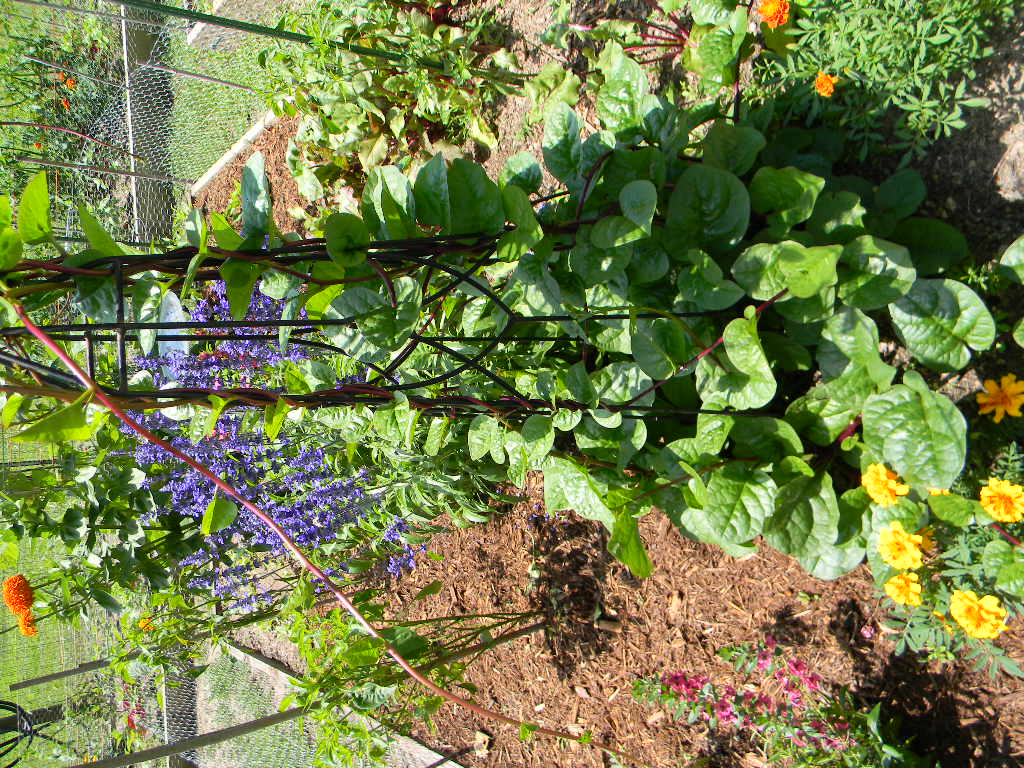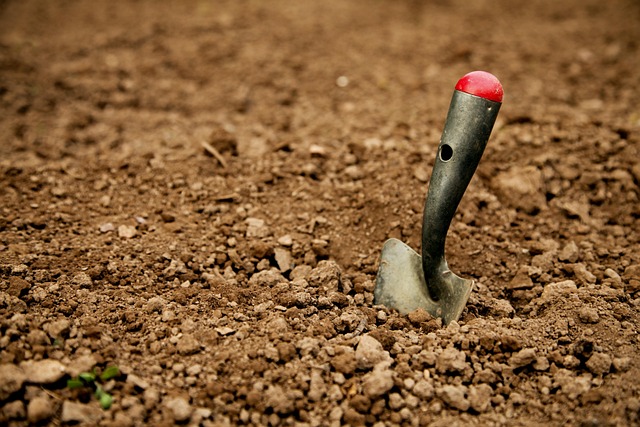The benefits of Malabar Spinach
Published 2:42 pm Wednesday, July 12, 2017

- Malabar spinach would be an excellent addition to a patio.
Oh, how I miss my tender mixed salad greens during the hot humid days of summer!
Spinach (Spinacia oleracea) is a green that prefers the cool evenings and tempered sunshine of early spring and is usually the first to bid its farewell in the garden. Traditionally consumed picked fresh in a cold dish or sautéed and served in a warm dish, I just adore spinach’s versatility. Spinach was sorely missed during the summer in my garden.
Then I found Malabar Spinach (Basella alba and Basella rubra) while seed shopping for this season’s garden. It’s also referred to as ceylon spinach, climbing spinach, red vine spinach and buffalo spinach. A native to South Asia, it is thought by some to have originated in the tropical regions of the Malabar Coasts, hence the name Malabar Spinach.
Trending
Unlike the spring spinach that I had been accustomed to all my life, Malabar spinach is an edible perennial soft-stemmed vine that thrives in hot tropical temperatures. It is easily direct seeded once the temperatures have risen above 70 degrees during the day. It is a climber, so it must be staked or better yet provided an arbor to grow on. Once established Malabar spinach is quite an attractive specimen in the garden.
I grew the rubra variety. The leaves are green with red ribbing. The texture of the leaves are heavier than the spinach we are all used to, but I think the taste is milder. I have tried the younger (smaller) leaves in cold spinach salad and enjoyed it just as well as the popular spring spinach salad. I have also sautéed with some fresh garlic in olive oil and found them delicious.
The larger leaves I have eaten raw with some chicken salad rolled up inside of them, they had a very tasty spinach flavor that surprisingly considering their size was not overwhelming. Malabar spinach has a high nutrient value of vitamins A, C, iron, calcium and soluble fiber.
Individuals with oxalate urinary tract stones should avoid consuming. Just like spring spinach, Malabar spinach also contains oxalic acid (a natural-occurring substance found in some vegetables).
Due to its climbing habit, Malabar spinach would be an excellent addition to a patio or vertical garden and would be very content growing in a pot with a trellis of some sort. It is happiest in full sun and will grow with more vigor. Keep Malabar spinach consistently moist to prevent it from blossoming, which will turn the leaves bitter to taste.
The blossoms on Malabar Spinach are strange looking tiny white blooms with pink tips. The resulting fruit is very dark purple and is not conventionally eaten, but can be used to make a natural purple dye.
Trending
Toward the end of the gardening season I allow some of the plants in my garden to blossom and go to seed. I do this to save the seed myself or to provide food for wildlife. I am looking forward to harvesting seed from my Malabar spinach this year and will be experimenting with the fruit in the dyeing process of some textile and yarn.
Why this heat-loving plant that tastes and looks like spinach has kept such a low profile amongst the gardening community, I’ll never know. I am thrilled to have found it.
Dawn Conrad is a columnist for The K-V Dispatch. She can be reached at conrad.gardenmuse@gmail.com or fb.me/conrad.gardenmuse.




